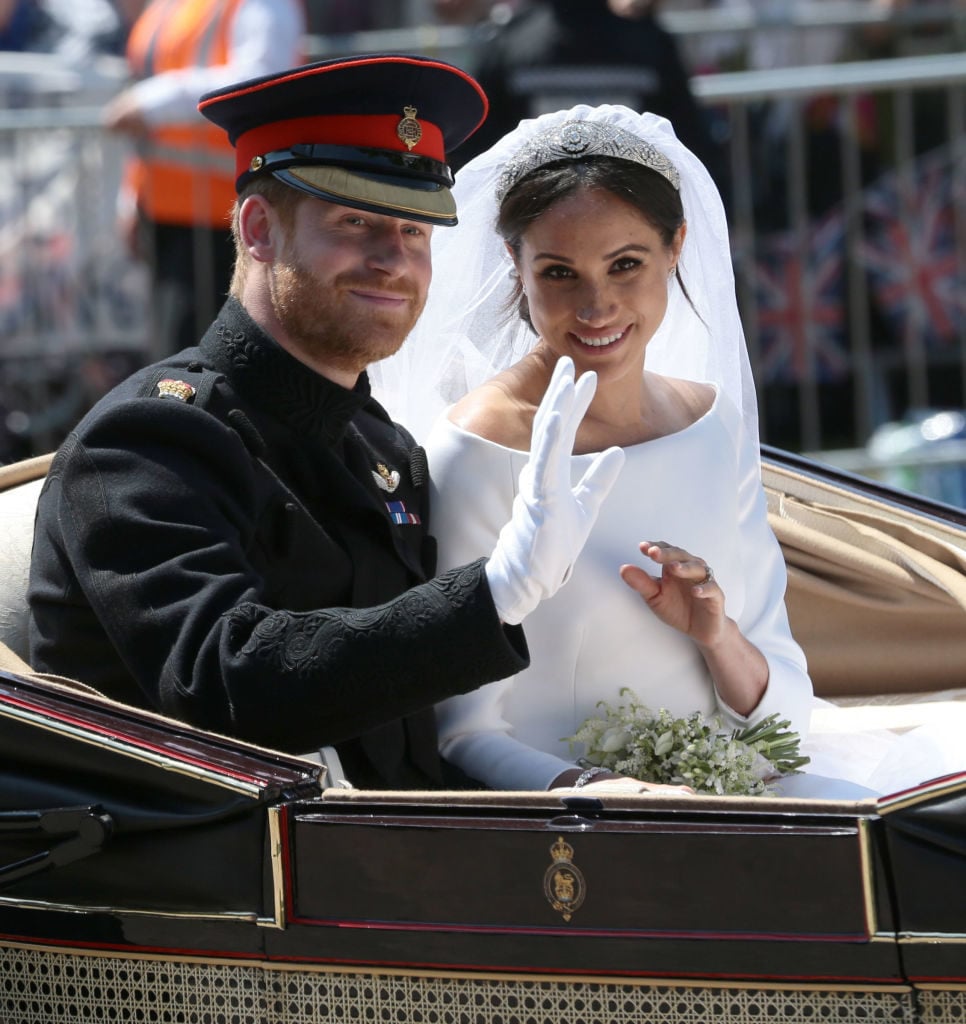Have you ever wondered what your rights are as an artist? There’s no clear-cut textbook to consult—but we’re here to help. Katarina Feder, a vice president at Artists Rights Society, is answering questions of all sorts about what kind of control artists have—and don’t have—over their work.
Do you have a query of your own? Email [email protected] and it may get answered in an upcoming article.
Can I sell or resell NFTs on behalf of artists like an art dealer would sell a painting? If it’s not coming directly from the artist, how will people know the piece is an original artwork?
You may indeed buy or resell an NFT from a third party or intermediary. In fact, that’s a big part of their appeal. The blockchain metadata ensures the ownership lineage of your gif or jpeg, so you can see every previous owner going back to the work’s creator. It remains to be seen whether or not the secondary market is as robust for NFTs as it is for art (but theoretically the technology that makes them non-fungible should also negate the need for the provenance section of an auction catalogue)!
A slightly thornier issue is the creation of an NFT that reproduces a physical artwork. I draw your attention to Trevor Jones’ Picasso’s Bull, which was for a time the most expensive NFT ever sold at $55,000. Later editions even saw attention on the secondary market, netting a 26x return for former MLB player Micah Johnson.
Clearly, Jones and Johnson are profiting from the Picasso name without the consent of his estate (which is a client of ARS). Even in this overheated market moment, I would like to think that a potential buyer knows that they might be throwing money away on something that’s, at the very least, sketchy, and therefore difficult to re-sell. Authenticity is the whole point of the code that makes these objects non-fungible, so buyers and sellers would do well to ensure they’re behaving nobly at every step of the process.

Prince Harry, Duke of Sussex and Meghan, Duchess of Sussex wave from the Ascot Landau Carriage on May 19, 2018 after their wedding ceremony. Photo by Aaron Chown/WPA Pool/Getty Images.
I saw that Meghan Markle just won a copyright case against The Daily Mail for publishing a letter that she wrote to her father. Are all letters copyright protected, or just royal ones? Should I add something to my email signature?
No, you don’t need an email signature, or consultation from the keen legal minds of the hit TV show Suits. All emails and letters are 100 percent copyright protected. You don’t have to do anything!
Markle penned the letter in question to her estranged father in August 2018, following her wedding to Prince Harry, asking him to “stop victimising [sic] her in the media.” The ever-classy Thomas Markle was so upset by the accusation that he proceeded to give the letter to one of Britain’s most notorious tabloids, the Mail on Sunday.
As longtime readers of this column know, the U.S. Copyright Office is quite clear that copyright applies to “original works of authorship fixed in a tangible medium of expression,” which certainly applies to written communication. That aspect of the law is more or less the same across the pond. (The Duchess’s letter was handwritten, to boot, which doesn’t really matter in terms of copyright, but certainly makes her father’s betrayal all the sadder.)
There’s a reason that the letters of famous authors generate bidding wars at auction. Letters and emails can carry important, unique ideas—and wherever those lurk, copyright is never far behind.
I animate and add effects to the artwork of other people and have a solid following on Instagram and TikTok. (I regularly have my work reposted by fan-favorite TikTok account Slash.) Can I make NFTs out of this art? Would I need consent from the original artists? What if those artists are anonymous?
First, let me congratulate you on catching the eye of Slash. That’s no mean feat.
The rules surrounding NFTs are, like their long-term value, still not firmly established. In my opinion, that’s all the more reason to play it safe and assume that copyright law for NFTs—although not yet codified by the courts—will be no different from those that apply to our tangible world.
You should definitely ask for the consent of your collaborators before you try to make money off these animations. One of the great things about NFTs is that they often allow artists to get a portion of the resale proceeds, enabling them to benefit from the growing market value of their work. With that in mind, going behind an artist’s back is not really in the spirit of things.
I’m afraid this also goes for your work with anonymous collaborators. I’ve checked out your animations on Slash’s page and they’re really great! But I’d be hesitant to call them brand new works of art. One of the big elements of fair use is that the new work has to substantially transform the original. What you are doing, in my opinion, is more akin to enhancement.
If you make an NFT from one of those works, and it sells for a tidy sum, a judge might be inclined to grant the original artist some, or perhaps even all, of your proceeds. What if you become the next Beeple? You’ll likely secure a much more favorable split of the $69 million if you negotiate a licensing agreement ahead of time.
When it comes to copyright, the finer points can be complicated, but overall, it’s really not so different from the laws of the jungle: You can have anything you want but you better not take it from me.

The old 5Pointz before its demolition. Photo by Rachel Fawn, courtesy of citizenM.
In 2013, I was commissioned by a building owner to paint three walls in Van Gogh’s style, reproducing some of his most famous paintings. After the building was sold years later, the new owners painted everything black. No one attempted to contact me before the murals were destroyed. Sadly, this happened about the same time as my husband died, in the fall of 2019, and my depression only deepened. I am still unable to come to terms with this destruction. Do I have any recourse to compensation?
I’m sorry for your loss. I imagine that the loss of both your art and your husband must be linked in your mind. I wish that there was more that I can do to help, but I will try to address your question the best I can.
You write that you based your composition on Van Gogh’s works, which are in the public domain. So while Van Gogh’s original works are not protected, I would think that nevertheless, your work would be. Although I have never seen an issue of exactly this kind adjudicated, I do believe that you have a viable claim and potential recourse through the Visual Artists Rights Act (VARA), a U.S. law designed to protect artists from the wanton destruction, distortion, or mutilation. (This law applies to any artwork created after 1990, when it was passed.)
One notable precedent here is the case over New York’s 5Pointz graffiti mecca, in which a court ordered the developer to pay artists $6.8 million after the company painted over their work without warning in Long Island City.
But this advice applies only if you did not sign away your rights in a “Work for Hire” agreement. If I know real estate developers in New York City, it’s possible that your employer made you sign something renouncing all authorship. Alas, painting with one’s own hand does not guarantee that the work can be said to be “by” that person, as anyone who has worked in the Jeff Koons studio can tell you.
Check the contract—if there is one—and see what it says. If you did indeed sign away your copyright (something that I always urge artists to never do), then I am afraid we will have to chalk this up to a teachable moment.
Also, remember: the public domain might work in your favor here. There’s nothing stopping you from re-making these works, and even profiting from them, at your own pace. Regardless of what comes next, I hope you find some comfort.
Follow Artnet News on Facebook:
Want to stay ahead of the art world? Subscribe to our newsletter to get the breaking news, eye-opening interviews, and incisive critical takes that drive the conversation forward.







